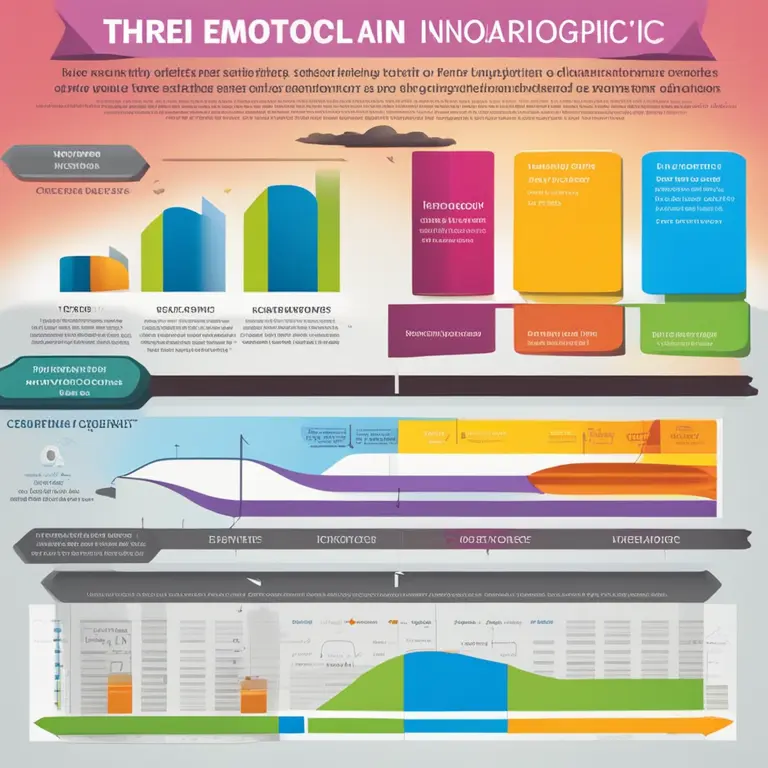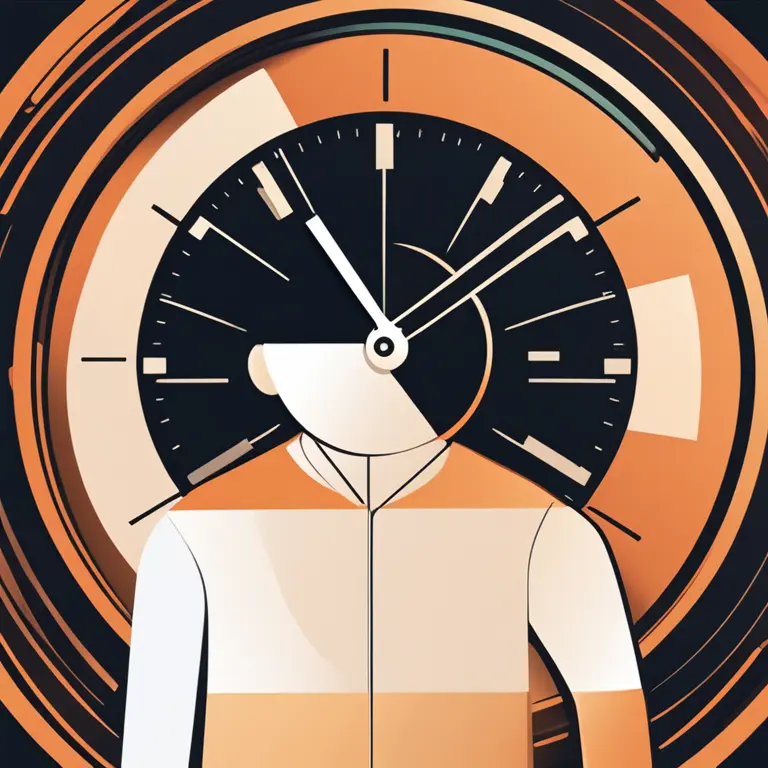
The Biorhythm Theory: Calculating Life's Rhythms
An in-depth guide to understanding and calculating your biorhythms, shedding light on your physical, emotional, and intellectual cycles.
article by Adrian Wallace
Introduction to Biorhythms
Biorhythms stem from a pseudoscientific concept suggesting that our daily lives are significantly affected by rhythmic biological cycles. According to the theory, understanding these cycles can lead to better insights into one's physical, emotional, and intellectual well-being. Originating in the 19th century and gaining popularity in the 1970s, biorhythm theory proposes three main cycles: the 23-day physical cycle, the 28-day emotional cycle, and the 33-day intellectual cycle. These cycles are thought to influence various facets of human behavior and performance.

The Calculation Basics
Calculating biorhythms begins with identifying the three critical cycle start points: birth date, current date, and the beginning of each 23-, 28-, and 33-day biorhythm cycle. Practitioners use specific algorithms to map out the cycles, which are believed to start at a neutral point at birth, swing to a high (positive phase), dip to a low (negative phase), and return to neutral, completing one full loop. This sinusoidal flow represents the ebb and flow of one's biological patterns.

Physical Cycle Computation
To calculate the physical cycle, count the days from the individual's birth date to the current date. Divide this number by 23 (the length of the physical cycle), and the remainder gives the current position within the cycle. Values close to zero imply a time of balance, high positive remainders indicate increased stamina and coordination, while high negative values might mean a time of lower physical capabilities.

Emotional Cycle Insights
The emotional cycle calculation follows a similar pattern, using the individual's birth date and the current date. By dividing the number of days lived by 28, the remainder reflects the position in the emotional cycle. Definitely, this cycle could relate to an individual's mood and creative output; higher positive values match with emotional highs, whereas the lower negative numbers correspond to potential emotional lows.

Intellectual Cycle Breakdown
As with the previous cycles, the number of days since birth is divided, this time by 33, to find one's place in the intellectual cycle. The result offers insight into cognitive abilities, decision-making skills, and logical reasoning. Peaks in the cycle might suggest times of enhanced intellectual capacity, while troughs might indicate less favorable moments for engaging in mentally taxing activities.
Interpreting Biorhythm Output
The output from biorhythm calculations is often presented graphically, with X-axes representing time and Y-axes detailing the level of each cycle. Interpreting these graphs can be subjective, but enthusiasts claim that by analyzing the convergence and divergence of cycles, an individual can make more informed decisions about personal health, relationships, and work performance. It's important to note, however, that biorhythm theory lacks scientific support and, therefore, should be approached as a form of entertainment rather than a reliable predictive tool.
The Modern Take on Biorhythms
In the digital age, numerous websites and applications have emerged to simplify biorhythm calculations. Users can typically enter their date of birth and receive personalized biorhythm charts. Despite modern enhancements, it's vital to utilize biorhythms as one of many personal reflection tools, understanding that they reflect a belief system rather than empirical fact.
Published: 1/25/2024
Modified: 1/25/2024
More predictions
Come back here soon to learn more about yourself and your future


The Rhythms Within: Biorhythm Horoscope Insights
Tap into the cosmic wisdom of biorhythms to understand your emotional, physical, and intellectual cycles for enhanced well-being and foresight.


The Principles of Biorhythm Cycles
Discover the fundamental principles of biorhythm cycles and how they influence daily life and personal well-being in this insightful article.


The Human Biorhythm Cycle: Patterns of Life's Ebb & Flow
Delve into the human biorhythm cycle, a compelling concept in the holistic understanding of our physiological and emotional patterns over time.